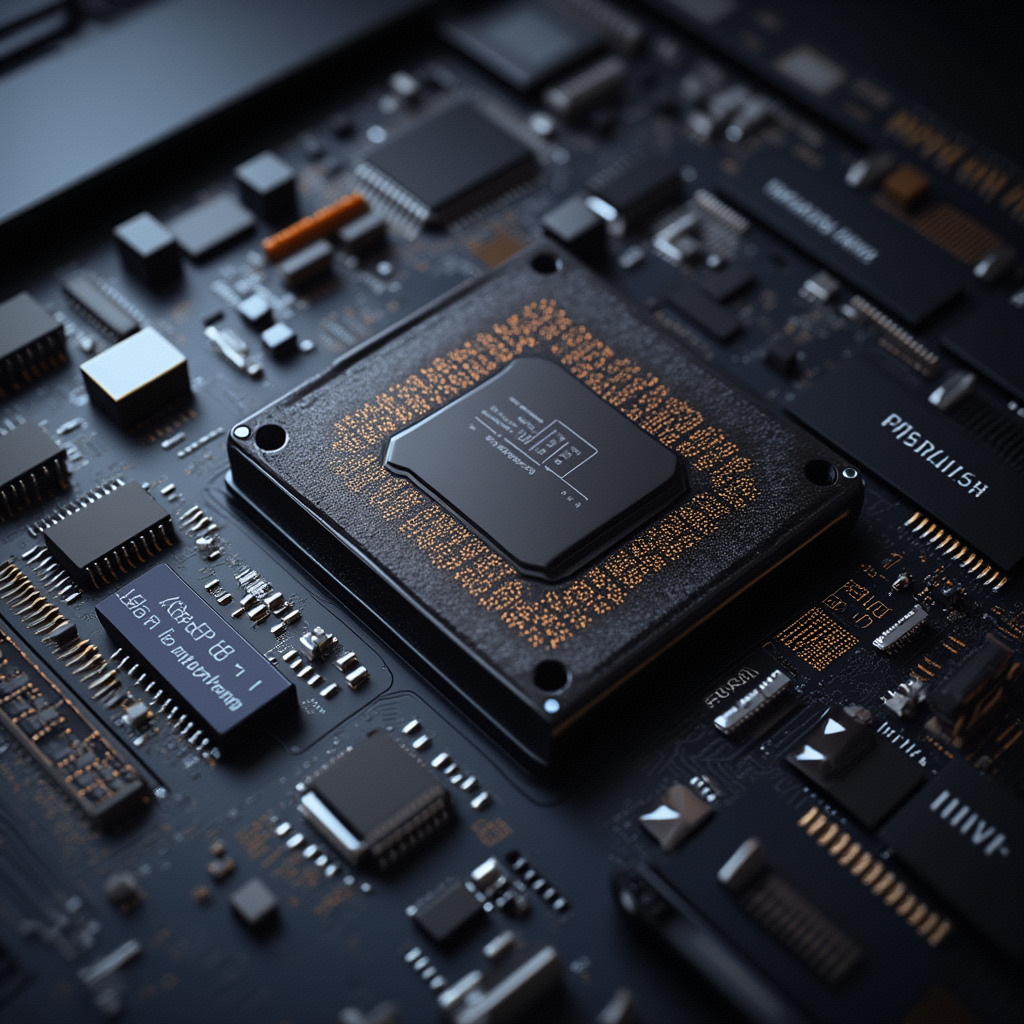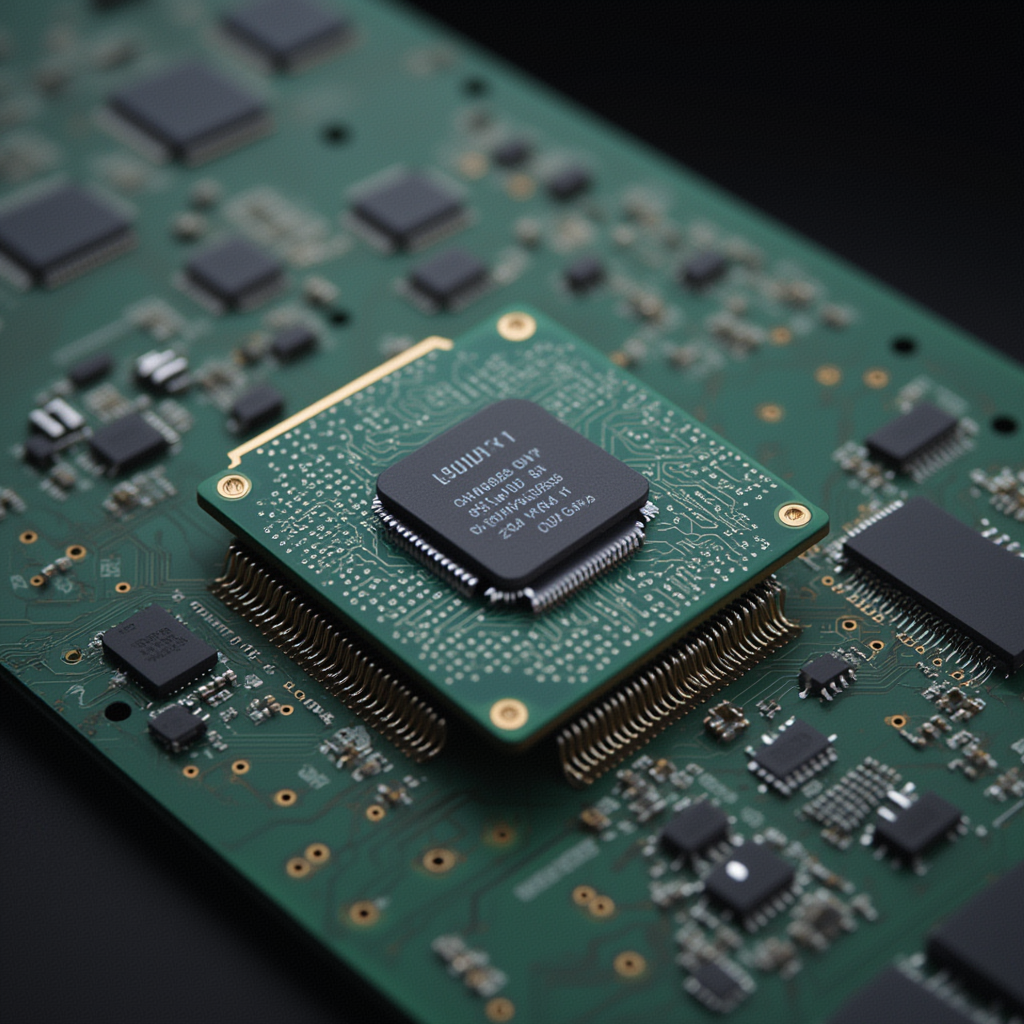发布时间:2012-05-23 阅读量:1203 来源: 我爱方案网 作者:
中心议题:
* TI TMS320VC5505 ECG解决方案
TI 公司的ECG解决方案是采用TMS320VC5505 定点DSP,它是基于TMS320C55x DSP CPU核的定点DSP,它的C55x™ DSP架构可得到高性能和低功耗特性,CPU支持内部总线架构,包括一条可编程总线,一条321位数据总总线和两条16位数据读总线,两条数据写总线和专门用于外设和DMA的其它总线. TMS320VC5505还包括4个DMA控制器,每个四路.时钟为60MHz或100MHz,指令周期为16.67ns或10ns.主要用于无线音频设备,回声消除耳机,手提媒体设备,视频,工业控制,指纹生物学和SDR. 本文介绍了TMS320VC5505的主要特性和方框图以及采用TMS320VC5505的ECG解决方案方框图, ECG前端板详细电路图和所用材料清单(BOM).
Basic functions of an ECG machine include ECG waveform display, either through LCD screen or printed paper media, and heart rhythm indication as well as simple user interface through buttons. More features, such as patient record storage through convenient media, wireless/wired transfer and 2D/3D display on large LCD screen with touch screen capabilities, are required in more and more ECG products. Multiple levels of diagnostic capabilities are also assisting doctors and people without specific ECG trainings to understand ECG patterns and their indication of a certain heart condition. After the ECG signal is captured and digitized, it will be sent for display and analysis, which involves further signal processing.
.jpg)
图1.TI ECG方框图
ECG Implementation on the TMS320VC5505 DSP Medical Development Kit (Rev. A)
The TMS320VC5505 is a member of TIs TMS320C5000™ fixed-point Digital Signal Processor (DSP) product family and is designed for low-power applications.
The TMS320VC5505 fixed-point DSP is based on the TMS320C55x™ DSP generation CPU processor core. The C55x™ DSP architecture achieves high performance and low power through increased parallelism and total focus on power savings. The CPU supports an internal bus structure that is composed of one program bus, one 32-bit data read bus and two 16-bit data read buses, two 16-bit data write buses, and additional buses dedicated to peripheral and DMA activity. These buses provide the ability to perform up to four 16-bit data reads and two 16-bit data writes in a single cycle. The TMS320VC5505 also includes four DMA controllers, each with 4 channels, providing data movements for 16-independent channel contexts without CPU intervention. Each DMA controller can perform one 32-bit data transfer per cycle, in parallel and independent of the CPU activity.
The C55x CPU provides two multiply-accumulate (MAC) units, each capable of 17-bit x 17-bit multiplication and a 32-bit add in a single cycle. A central 40-bit arithmetic/logic unit (ALU) is supported by an additional 16-bit ALU. Use of the ALUs is under instruction set control, providing the ability to optimize parallel activity and power consumption. These resources are managed in the Address Unit (AU) and Data Unit (DU) of the C55x CPU.
The C55x CPU supports a variable byte width instruction set for improved code density. The Instruction Unit (IU) performs 32-bit program fetches from internal or external memory and queues instructions for the Program Unit (PU). The Program Unit decodes the instructions, directs tasks to the Address Unit (AU) and Data Unit (DU) resources, and manages the fully protected pipeline. Predictive branching capability avoids pipeline flushes on execution of conditional instructions.
The general-purpose input and output functions along with the 10-bit SAR ADC provide sufficient pins for status, interrupts, and bit I/O for LCD displays, keyboards, and media interfaces. Serial media is supported through two MultiMedia Card/Secure Digital (MMC/SD) peripherals, four Inter-IC Sound (I2S Bus™) modules, one Serial-Port Interface (SPI) with up to 4 chip selects, one I2C multi-master and slave interface, and a Universal Asynchronous Receiver/Transmitter (UART) interface.
The VC5505 peripheral set includes an external memory interface (EMIF) that provides glueless access to asynchronous memories like EPROM, NOR, NAND, and SRAM. Additional peripherals include: a high-speed Universal Serial Bus (USB2.0) device mode only, and a real-time clock (RTC). The DMA controller provides data movement for sixteen independent channel contexts without CPU intervention, providing DMA throughput of up to two 16-bit words per cycle. This device also includesthree general-purpose timers with one configurable as a watchdog timer, and a analog phase-locked loop (APLL) clock generator.
In addition, the VC5505 includes a tightly-coupled FFT Hardware Accelerator. The tightly-coupled FFT Hardware Accelerator supports 8 to 1024-point (in power of 2) real and complex-valued FFTs.
.gif)
.gif)
.gif)
.gif)
.gif)
.gif)
.gif)
.gif)
.gif)

本文将深入拆解低功耗MCU的六大核心技术

本文将盘点2025年推出的最具代表性的超低功耗MCU,它们凭借先进的技术和卓越的能效比,在物联网、可穿戴设备、智能家居和医疗电子灯领域表现出色

本文将深入探讨物联网节点低功耗设计的底层逻辑、核心电路技术以及前沿电源管理方案

作为链接数字基带与空中接口的关键桥梁,射频前段在5G/6G时代面临着频率扩展、带宽增加、多模兼容、能效优化等多重挑战,推动者整个产业链的技术革新

在电池管理系统(BMS)的技术发展中,尽管取得了显著进步,但仍面临一系列关键技术难点,这些挑战直接关系到新能源汽车的安全性、性能和用户体验。